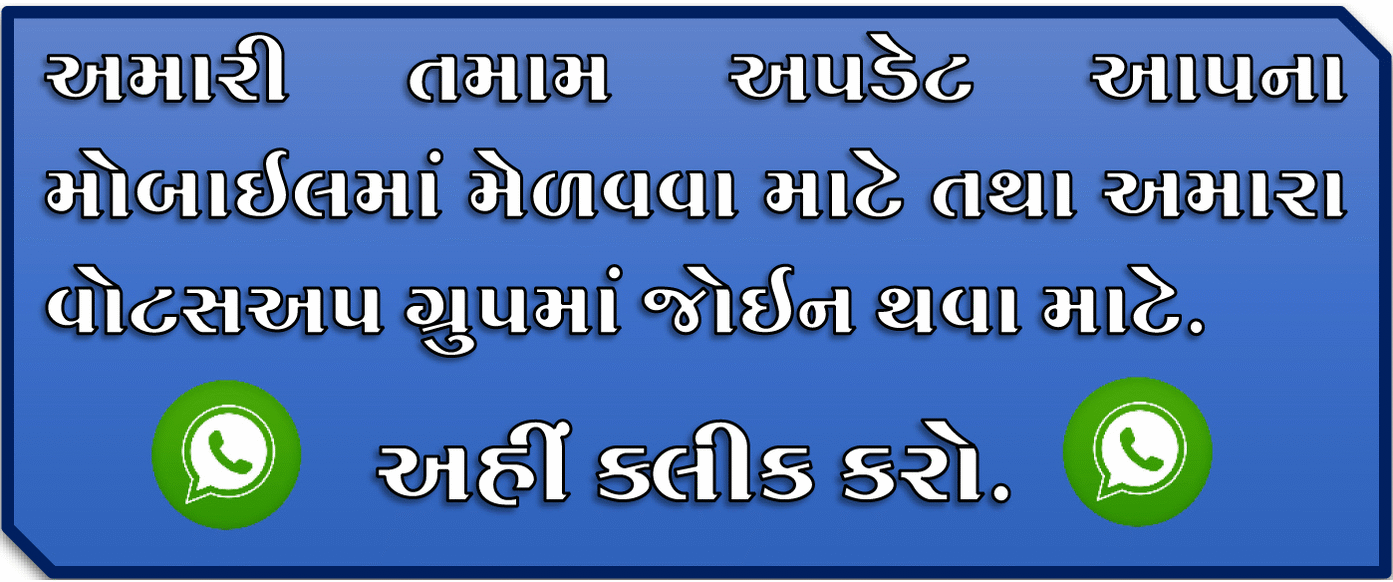The Supreme Court has started the verdict in an important case involving Ram Jemmundry in Ayodhya. Justices Bhushan and Deepak Mishra said they are not inclined to take the case before a larger bench. The last decision was taken only in the context of land acquisition. Following this, the new benches will now conduct more than 29th October. 3 judges did not agree with Justice Najir Deepak Mishra and Justice Ashok Bhushan's fenglas. They emphasized the need for a rethink on the decision of 1994. At the same time, more than 29m litigation will be held with consent of 2-1. Following the Supreme Court's decision, the Muslim party has got tired. Regular hearings on Ayodhya land dispute and Babri Masjid will start from 29th May. This case will not decide the Supreme Religions, but will decide on the dispute of land.
In 1994, the Supreme Court's verdict had ruled that praying to the mosque was not an intramural part of Islam. With this, he also directed to keep Ramjammumbur in place of status. So that people of Hindu religion can worship there and worship there. Now the court will consider whether there is a need for a review of the 1994 judgment. The court secured the verdict on July 20. In 2010, the Allahabad High Court gave one-third of Muslim Muslims and one-third part of the verdict to Ramlila. More cases will now be heard in this case.
This matter will not go before the laser batch
First of all, Justice Ashok Bhushan is giving his verdict. Justice Ashok Bhushan said in his verdict that every verdict is in different condition. It is necessary to understand the context of the previous ruling.
Justice Bhushan said that in the previous verdict, it was said that Islam was not an interim part of the mosque to offer prayers, but there was also a separate story with him.
Justice Bhushan said to Chief and Chief Justice Deepak Mishra that there is no need to send this matter to the laser barracks. It was a 1994 judgment that we need to understand, the previous verdict was only given as per land acquisition.
Justice Najir disagreed with both the judge
Justice Nazir expressed dissatisfaction with both the judge's judgment. They said they did not agree with the judge judge. That is the verdict on this issue is 2-1.
Justice Nazir said that in 2010 Allahabad court's verdict had come, it came under the influence of the 1994 judgment. This means that this matter should be sent to the largest barrage.
The direct impact of the Supreme Court's decision could be on the Ayodhya land dispute case. In fact, in 1994, the Supreme Court said that the prayers can be done anywhere, for which the mosque is not necessary. The court said, "If the government wishes, the mosque which is on the stake can be taken over by it."

